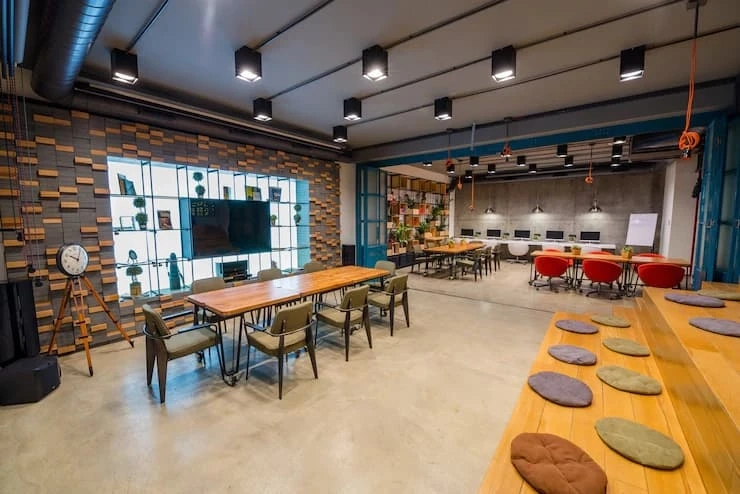Rhythm in Interior Design
Rhythm In Interior Design is described as, hold on! When we said rhythm, did thoughts of music also immediately come to mind? This is the most typical fear that people have regarding rhythm. However, interior design has a rhythm. The repetition, continuity, and organized movement of patterns in interiors are all examples of rhythm in interior design. The viewers' perception of visual uniformity is set by the repetition of colors, shapes, décor items, and textures.
Have you ever seen a wall with a pattern of photos hanging up on it, for instance? The picture frames are the same size and distance apart from one another. Now, to the viewers, that develops a rhythm.
Types of Rhythm in Interior Design rhythm -
Various rhythms used in interior design
Without a suitable rhythm in place, interior design projects cannot be finished. We'll go over a few different types of rhythm in interior design to further clarify this:
1. Repetition
As the name suggests, repetition is the repetition of forms, colours, shapes, and textures. In interior design, repetition aids in giving viewers a sense of stability and uniformity. This enhances the best possible visual perception of the interiors.
Walking down a hallway with constant floor lights, for instance, is a prime example of repetition in interior design.
2. Gradation
Gradation is the process of uniformly changing the height, width, or size of objects in the space. This makes it easier for the eye to move fluidly from one end of the room to the other.
3. Contrast
As the name implies, oppositional design refers to the placement of two objects or interior elements directly opposite one another. This forces the audience to switch their focus between the two elements.
4. Transition
Rhythm in interior design is created by the simple, continuous flow from one point in the interior to another, known as a transition.
5. Radiation
Radiation is produced when multiple design elements are arranged around a single central axis. A distinctive interior design element is radiation. Radiation allows for the interiors to have a focal point in addition to adding style.
One of the five principles of interior design is the use of rhythm. Only when all of the interior design principles are applied correctly can interior design be said to be successful and complete. An esteemed design school in South India, JD Institute of Fashion Technology, offers BSc. Singhania University offers a three-year interior design degree. The program equips students with a variety of foundational concepts that are relevant to the field of interior design and fosters critical, original, and creative thought, helping them to develop into better professionals.
Read: Bohemian interior designs: 7 tips for a Bohemian styled home
Happy Reading!


